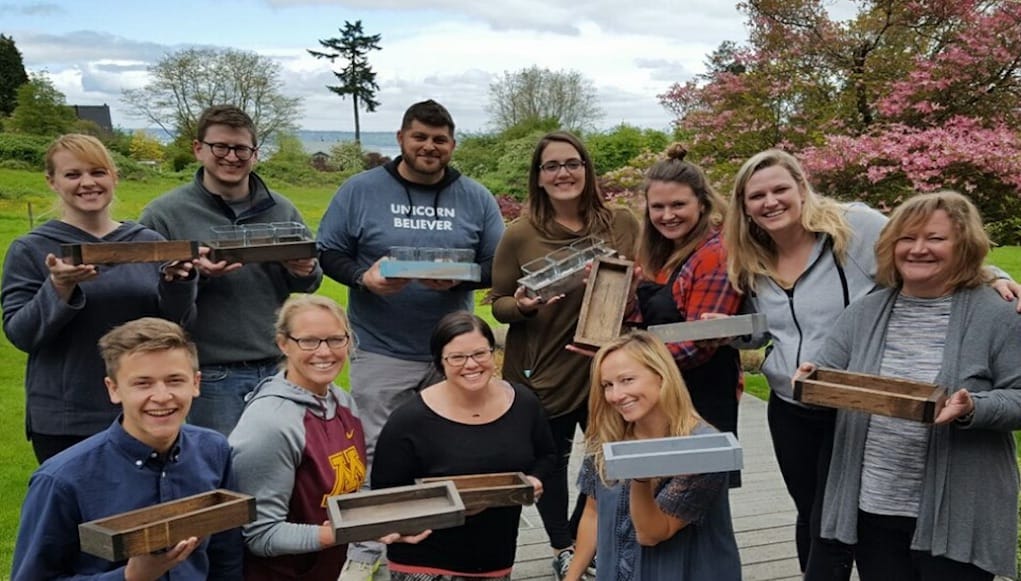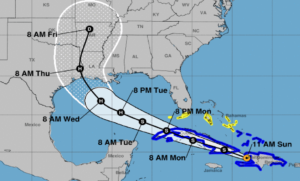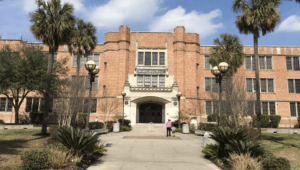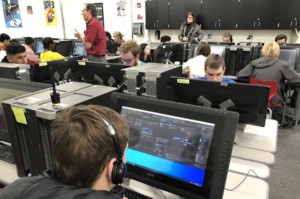Your Planning Process Signals What’s Important

Through our advocacy, advisory and coaching services, we work with impact-oriented partners to invent the future of learning. This post is part of a blog series designed to share lessons learned, case studies, and thought leadership from our projects and campaigns. To learn more about our services division, visit GettingSmartServices.com.
Through a mix of staff-led sessions, a woodworking class and inspiring playlist of songs that represented each team member, our recent Getting Smart retreat signaled that distributed leadership, high engagement learning, and teamwork are important.
As a learning design firm, we try to practice what we preach. We start each staff meeting with 20 minutes of learning. We take turns constructing a learning experience around a book, a video, or a prompt. In addition to staff development, it signals that learning is our priority.
When designing a planning process, leaders are usually focused on the pressing questions that must be answered: How to boost impact? How to boost achievement? How to deploy new technology?
Having worked with hundreds of impact organizations, we have found that how you plan may be as important as what you decide. The planning process itself is an advocacy opportunity–it signals what’s important to you. It signals who matters.
Some of the best planning questions we have seen came out of a Rhode Island planning process that helped drive their education system forward. Six questions drove the design of the planning process:
- What if we started the planning process by listening?
- What if we invited those most affected by public education to make decisions?
- What if we treat plan writing like an engagement challenge rather than a writing challenge?
- What if we train our community to think like designers?
- What if we provide our community team with the staffing that we would need to do our best work?
- What if we trust the decisions of our community?
When Superintendent Juan Cabrera came to the El Paso School District after years of challenge within the district, he knew starting with community conversations was a critical first step to building trust. His team actively involved all key stakeholders in the planning process. In the EPISD 2020 Strategic Plan the district outlined four main priorities and reinforced them through conversations with staff, parents and students.
Through personalized and tailored school field trips around the country, the Kauffman Foundation provides engaging experiences for community members. The planning process reflected a commitment to diversity and whole community learning to ensure that every participant felt engaged in the learning experience. For more see the recent recap of our San Diego visit.
Learner experience (LX) experts recently gathered in Boise, ID for a LX Summit that involved students, educators, administrators, community members and education advocates. Our team worked with One Stone to design an event that highlighted the expertise of all participants. Signaling the importance of student voice, the event featured workshops with students and the opportunity for students to present to the adults on LX. The school that was designed and planned by students also has a student-led board.
Our team appreciates 4.0 Schools focus on equitable planning that encourages iteration and prototyping. They’ve evolved their flagship program into a “Tiny Fellowship” that allows more people to access their coaching, capital and community without quitting their day job. This signaled the importance of diversity and meeting the demands of their stakeholders. Matt Candler, 4.0’s CEO says they are “building the future of school with, no for people.”
Designing a retreat? Building a budget? Making a plan? Think about what the process will signal to your community and stakeholders. We suggest a process that is:
- Simple: easy to understand, lots of on ramps to get involved.
- Transparent: clear objectives, easy to follow, open to suggestions.
- Inclusive: multiple ways for stakeholders to engage.
Remember, how may be as important as what you decide.
Starting a planning process? Looking to design an engaging learning experience? Getting Smart can help! Getting Smart provides advisory, advocacy, coaching and design services for schools, districts, learning organizations and foundations. To learn more visit our services site and contact [email protected].
For more, see:
- 13 Tips for Generating Interesting Blog Content
- 10 Tips For EdLeaders Feeling Overwhelmed And Insufficient
- Projects That Learn
- Cause Marketing for Educators, Eduprenuers & Students
This is an update to a post that originally ran in 2015.
Stay in-the-know with all things EdTech and innovations in learning by signing up to receive the weekly Smart Update. This post includes mentions of a Getting Smart partner. For a full list of partners, affiliate organizations and all other disclosures please see our Partner page.







0 Comments
Leave a Comment
Your email address will not be published. All fields are required.